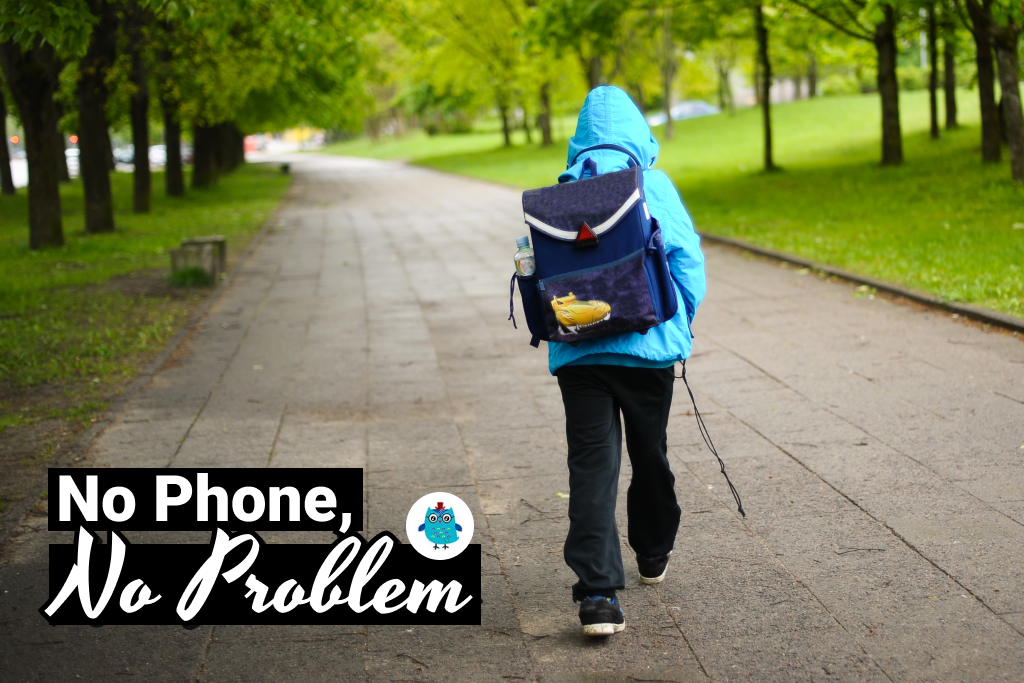Anxious about your child’s well-being without a phone? Uncover practical alternatives for tracking and safeguarding your kid without a mobile device.
To track your child without a phone, consider using GPS tracking devices such as wearable GPS trackers, clip-on trackers, or GPS smartwatches. Alternatively, you can explore radio frequency trackers or walkie-talkies. However, it’s important that those tracking solutions don’t replace education about safety and situation awareness.
As a father of two, I understand the anxiety of striking a balance between giving our kids independence and keeping them safe. In today’s world, it’s easy to assume that smartphones are the go-to solution for tracking our children. However, as much as we’d like to stay connected, not every parent is comfortable giving their kids a phone just yet.
Don’t give up! There are plenty of ways to track our little ones without a phone in their hands.
This article will cover the following:
- GPS Tracking Devices
- Radio Frequency Trackers
- Smartphone Alternatives
- Low-Tech Child Tracking Methods
- Teaching Your Child Safety Awareness
- Conclusion
I’ll share my personal experiences as a father, and we’ll hear real-life stories from other parents who, just like us, are doing their best to navigate the world of child safety.
GPS Tracking Devices: Finding Your Little Ones Anywhere, Anytime
When it comes to knowing exactly where your child is right now, GPS devices are the modern parent’s best solution. These gadgets provide real-time location updates of your child’s whereabouts. Whether it’s a school trip or a day at the park, these devices help you keep a watchful eye on your little ones while giving them the freedom to explore.
Let’s look at 3 types of GPS-tracking devices that can help you stay connected to your child without relying on a smartphone.
1- Wearable GPS Trackers: The Perfect Companion for Your Tiny Adventurer
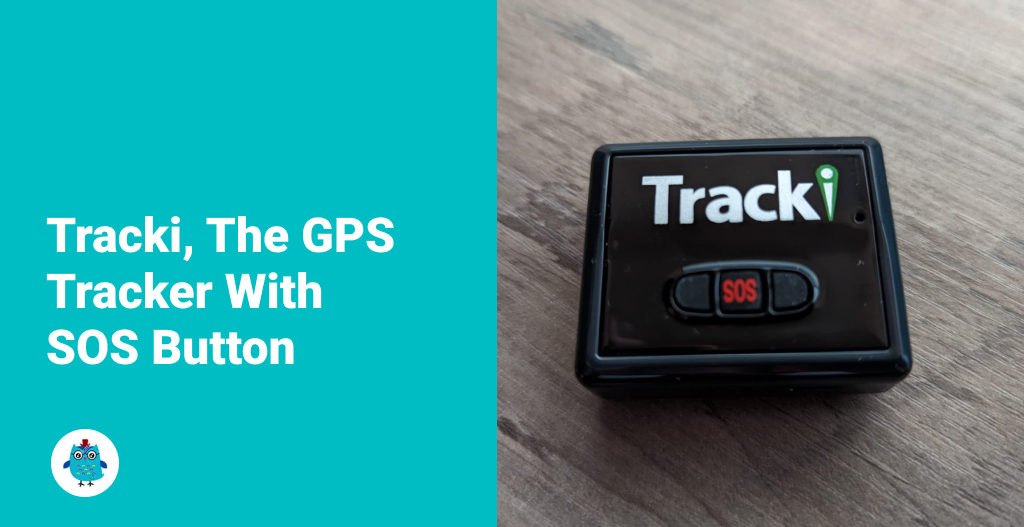
Wearable GPS trackers, like watches or bracelets, are designed for kids. These devices use GPS technology to track your child’s location, allowing you to monitor their whereabouts from an app on your phone. Wearable GPS trackers have become increasingly popular among parents.
Here are some of the highlights that make these devices a top choice for parents:
- Easy to Use: Most wearable GPS trackers come with user-friendly apps or websites, making it easy for parents to monitor their child’s location.
- Customizable Safe Zones: Many wearable GPS trackers offer the option to set up safe zones or geofences. Parents can receive alerts if their child goes beyond the designated area.
- SOS Button: Some wearable GPS trackers have an SOS button that children can press in an emergency. Parents especially appreciate this feature, as it ensures their child can quickly and easily reach out for help.
- Battery Life: Wearable GPS trackers generally have a longer battery life than smartphones.
- Comfortable and Stylish: Wearable GPS trackers are designed with children in mind, offering comfortable bands and fun designs that kids love to wear.
Many parents have expressed satisfaction with wearable GPS trackers, citing their effectiveness in keeping their children safe and their sense of security.
For more information on wearable GPS trackers, I suggest you check out the Tracki GPS Tracker on Amazon.
2- Clip-On GPS Trackers: Tracking Made Easy and Discreet
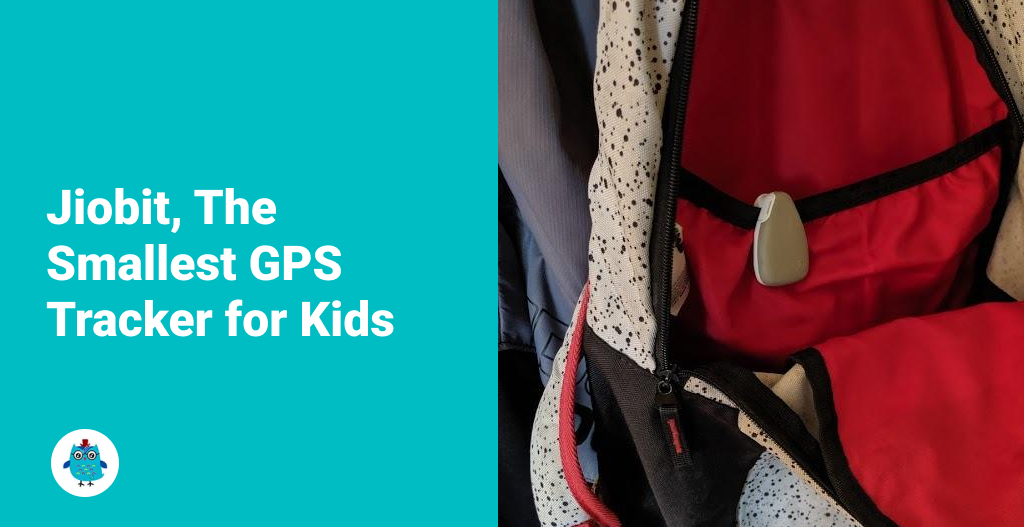
Clip-On GPS trackers are another great option for parents who want to keep tabs on their child’s location. These small, unobtrusive devices can easily attach to your child’s backpack or clothing. I’ve even heard parents attach them to their child’s favorite toy!
Here are some of the highlights that make these devices appealing to parents:
- Discreet and Unobtrusive: Clip-On GPS trackers are small and can easily be attached to your child without drawing attention. Many parents appreciate the subtlety of these devices, as they can track their child’s location without making them feel overly monitored.
- Real-Time Tracking: Clip-On GPS trackers offer real-time location updates, allowing parents to know their child’s whereabouts at any moment.
- Durable: These devices are often designed with durability in mind, ensuring they can withstand the rough and tumble of a child’s daily activities.
- Customizable Alerts: Many clip-on GPS trackers provide customizable alerts, such as notifications when a child enters or leaves a specific area. This feature helps keep tabs on my child’s movements and ensure they stay within designated safe zones.
Clip-On GPS trackers are another popular choice among parents due to their discreet nature and versatile use.
For more information on clip-on GPS trackers, you must check out the Jiobit child tracker on Amazon.
3- GPS Smartwatches: Communication and Tracking Rolled Into One
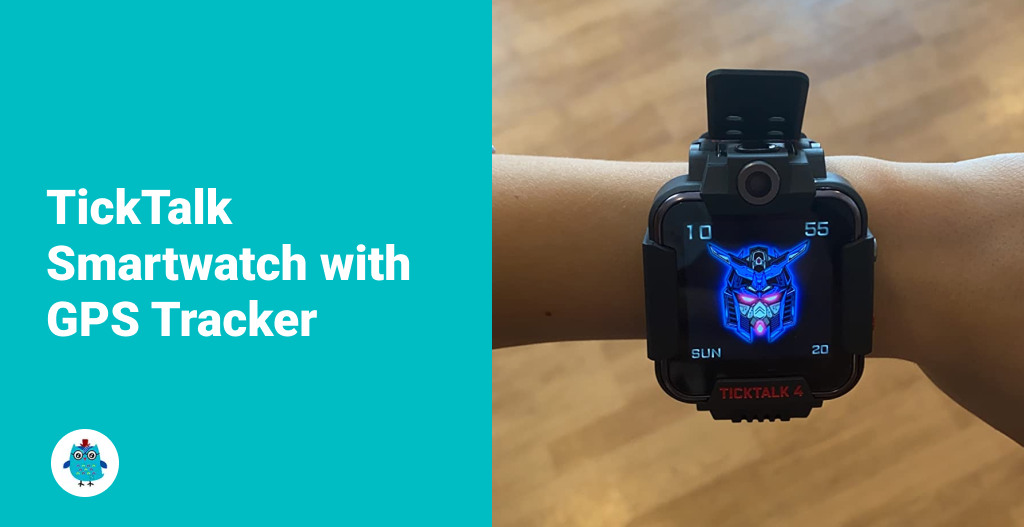
GPS smartwatches are excellent for parents seeking a more advanced tracking solution. GPS smartwatches have gained popularity among parents seeking multifunctional devices for their children. These devices provide GPS tracking capabilities and include messaging and calling features.
Here are some of the highlights that make these devices an attractive option for parents:
- All-in-One Solution: GPS smartwatches offer location tracking and include messaging and calling features.
- Kid-Friendly Design: These smartwatches come in various child-friendly designs, colors, and sizes, making them appealing to kids. Children are excited to wear these devices and show them to their friends.
- Parental Controls: GPS smartwatches often include parental control features. It allows you to monitor and restrict your child’s communication, app usage, and other activities. This feature is highly important to protect your children from potential online dangers.
- Geofencing and Alerts: Smartwatches often provide customizable safe zones and alerts like other GPS tracking devices.
- Emergency Features: Some GPS smartwatches have an SOS button or emergency call function that children can use in an emergency. I find this feature especially comforting, knowing that my son has a way to reach out for help if needed.
My son loves his smartwatch because it allows him to stay in touch with us and his friends without having a phone. It’s like a mini-smartphone on his wrist, minus the distractions! Plus, with the added security features, I can rest easy knowing he’s safe and connected.
For more information on smartwatches for kids, I would recommend you check the TickTalk smartwatch with GPS tracker on Amazon.
Whether you choose a wearable, clip-on, or smartwatch GPS tracker, you’re taking a proactive step in ensuring your child’s safety. Remember, it’s not about being a helicopter parent; it’s about giving them the freedom to grow while knowing they’re protected.
GPS is one of many solutions. Radio Frequency Trackers are another technology that’s worth considering.
Radio Frequency Trackers: A Low-Tech Yet Effective Solution
If you’re looking for a more low-tech alternative to GPS devices, Radio Frequency (RF) trackers could be the answer. These handy devices use radio waves to locate your child, with basic and advanced options available.
Basic and advanced RF trackers offer a reliable way to track your child without relying on a phone or GPS technology. They can be particularly useful in crowded areas, such as shopping malls and amusement parks, where losing sight of your child can happen quickly.
Here are some of the highlights that make these devices an attractive choice for parents:
- No Need for Cellular Service: RF trackers don’t rely on cellular networks or GPS technology, making them ideal for use in areas with poor or no signal coverage.
- Ease of Use: RF trackers are generally easy to set up and use, with user-friendly interfaces and minimal learning curves.
- Battery Life: RF trackers often boast longer battery life than GPS devices, ensuring they remain operational throughout the day.
- Affordability: Basic RF trackers are typically more affordable than GPS tracking devices, making them an attractive option for budget-conscious parents.
- Range and Precision: Advanced RF trackers offer extended range and more accurate location information. They are highly valued by parents who want greater peace of mind in keeping track of their children.
4- Basic RF Trackers: Budget-Friendly and User-Friendly

Basic RF trackers are an affordable and straightforward option for parents who want a simple yet effective tracking solution. These devices typically consist of a transmitter, which your child carries, and a receiver that you keep with you. Suppose your child wanders off or gets lost. In that case, you can activate the receiver, guiding you toward the transmitter using audible signals.
5- Advanced RF Trackers: Greater Range and Precision
If you’re looking for a more sophisticated solution, advanced RF trackers might be the answer. These devices offer a greater range, often up to several miles, and more precise location information. Some advanced RF trackers also come with additional features, such as panic buttons and customizable alerts. One of my friends swears by her advanced RF tracker, which helped her locate her son when he got separated from his classmates during a field trip.
For more information on RF Tracker, check out this one sold on Amazon.
6- Bluetooth Trackers: Tracking Made Easy and Discreet
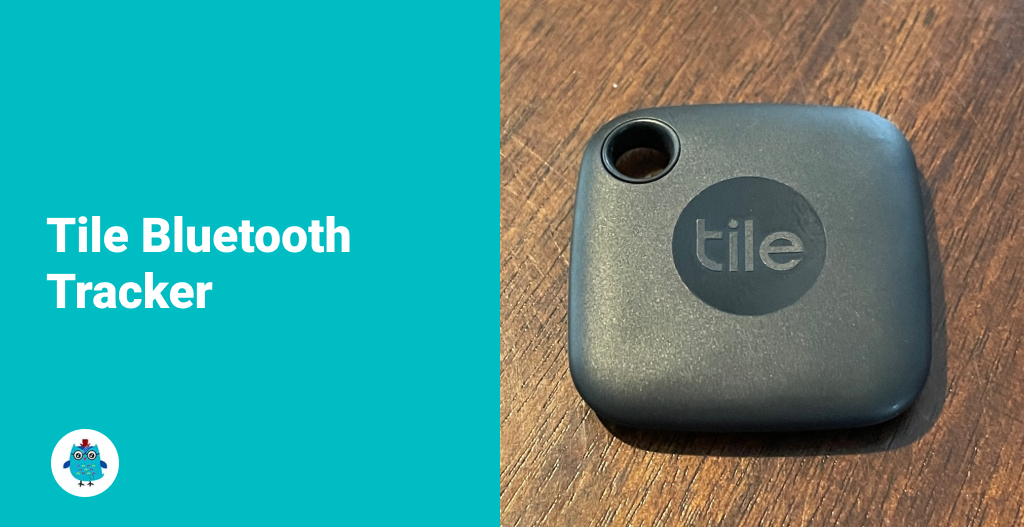
Similar to the RF tracker, the Bluetooth tracker is getting very popular. These were created to find your keys or backpack, but parents are also using them with their kids.
- Easy to use: Bluetooth trackers like Tile are user-friendly and easy to set up. You can attach them to your child’s backpack, clothing, or even their shoelaces.
- Smartphone compatibility: These trackers connect to your smartphone via Bluetooth, allowing you to track your child within a limited range, typically around 100-200 feet.
- Crowd GPS feature: Many Bluetooth trackers, like Tile, have a community feature where other users’ devices can help locate your child’s tracker when it’s out of your range. This increases the chances of finding your child if they wander too far.
- Compact and discreet: Bluetooth trackers are small, lightweight, and unobtrusive, making them suitable for children of all ages.
Many parents find these devices particularly helpful in crowded places like amusement parks or shopping malls. However, some parents express concerns about the limited range of Bluetooth trackers, as they might not be as effective in situations where a child goes beyond the tracker’s coverage.
For more information on BlueTooth Tracker, check out the famous Tile Tracker on Amazon here.
Remember, choosing a tracking solution that suits your family’s needs and preferences is key. As parents, our goal is to keep our children safe and provide them with the freedom to explore the world around them.
Besides trackers, they are smartphone alternatives that offer the ability to communicate with your child.
Smartphone Alternatives: Keeping Connected Without a Phone
As a dad a little anxious about my kids’ safety, I understand the desire to stay connected without giving them a smartphone. Thankfully, some great alternatives allow us to communicate with our children and track their whereabouts without needing a traditional phone.
Let’s explore some of these options and see how they can benefit our families.
7- Kid-Friendly Smartwatches with Messaging and Call Functionality

One popular smartphone alternative is the kid-friendly smartwatch. These devices often come equipped with GPS tracking, messaging, and call functionality, allowing you to stay connected with your child while avoiding the potential pitfalls of a full-fledged smartphone.
For more information on smartwatches for kids, I would recommend you check the TickTalk smartwatch with GPS tracker on Amazon.
8- Walkie-Talkies: An Old-School Solution with Modern Benefits
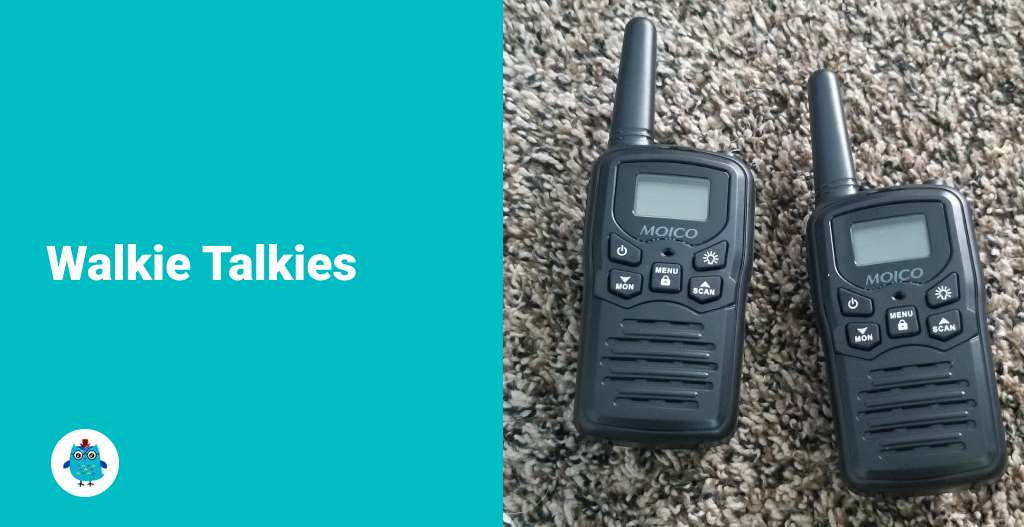
Walkie-talkies are a classic communication tool that still has a place in today’s world, especially for child safety. They offer a simple, cost-effective way for parents and children to stay in touch, particularly when a phone or smartwatch may not be practical or desired. My kids and I use walkie-talkies when we go camping, allowing us to communicate over short distances without worrying about cell service or battery life.
For more information, check out these walkie-talkies I bought on Amazon!
These are great alternatives to smartphones for parents who want to maintain communication with their children while avoiding potential issues associated with phone usage.
However, some solutions require no technology and have been effective for generations.
Low-Tech Child Tracking Methods: Old School but Still Cool
Technology can be a fantastic tool for keeping our kids safe. However, it’s essential to recognize the power of low-tech child-tracking methods. Sometimes, the simplest solutions can be the most effective.
Even if you get a tracking device, you should teach your kids the importance of these methods.
9- Buddy Systems: Safety in Numbers
The buddy system is a time-tested method for keeping kids safe, whether at school, on field trips, or during extracurricular activities. By pairing up with a friend, children can look out for each other and alert adults if something seems amiss. My daughter once got separated from her group during a school excursion, but thankfully her buddy alerted the teacher, and they quickly reunited.
10- Establishing Check-In Times: Staying Connected
Setting regular check-in times with your child is another low-tech method to ensure their safety. This can be as simple as having them call or text you at specific intervals or arranging predetermined times to meet in person. For example, when my daughter goes to the mall with her friends, she knows to check in with me when he arrives and leaves. She uses her friend’s mobile phone to contact me or the public pay phone.
11- Setting Boundaries and Safe Zones: Clear Expectations for Kids
Teaching your child about boundaries and safe zones can help them navigate their environment more confidently. Discuss the areas they’re allowed to explore, landmarks to be aware of, and places they should avoid. My children know the safe zones around our neighborhood, and we’ve set clear boundaries that they understand and respect.
By incorporating these methods, we can empower our children to stay safe while enjoying their independence.
However, technology can only do so much. It’s essential to teach your child safety awareness, which we’ll discuss next.
Teaching Your Child Safety Awareness: Empower Them with Knowledge
The most powerful tool for ensuring your child’s safety is knowledge. Equipping our kids with the skills they need to stay safe can go a long way in ensuring their well-being. They’ll be better prepared to face any situation.
Here are some crucial points to focus on when discussing safety with your children:
Educating Your Child About Stranger Danger
We must teach our kids about the potential risks of interacting with strangers. Start by explaining the difference between “safe” and “unsafe” strangers, and discuss situations where it’s okay to seek help from a stranger. My wife and I have taught our children to look for police officers, store employees, or parents with children if they ever need assistance.
Teaching Your Child to Navigate Safely
Helping your child develop strong navigation skills is vital in ensuring their safety. Teach them to recognize landmarks, memorize their address and phone number, and ask for help if they get lost. We’ve practiced with our kids by having them lead the way during family walks or giving them simple directions.
Establishing Trust and Communication
Open communication with your child is key to their safety. Encourage them to share their experiences and feelings with you, and ensure they know they can come to you with any concerns. My daughter once felt uneasy about a new friend. Because we’ve established trust and communication, she felt comfortable discussing her problems with me.
Educating our children can empower them to make safe choices and protect themselves in various situations. As parents, our role is to provide our kids with the tools and knowledge to stay safe and develop the confidence to handle challenging situations.
Conclusion: Finding the Right Balance Between Privacy and Safety
As parents, it’s crucial to find the balance between respecting our child’s privacy and ensuring their safety. Involving them in the tracking process and choosing age-appropriate solutions can help achieve this delicate balance. Using the methods and devices discussed in this article, you can make informed decisions and foster a safe, trusting relationship with your child.
As a father of two who’s always a bit anxious about my kids’ safety, combining these methods and teaching them safety awareness has given me the peace of mind, I need. My family’s journey in child safety has shown me that it’s crucial to remain proactive, informed, and adaptable in our approach.
So, fellow parents, let’s continue to learn, share, and grow together in our quest to ensure the safety and well-being of our children, even without a phone in their hands.

